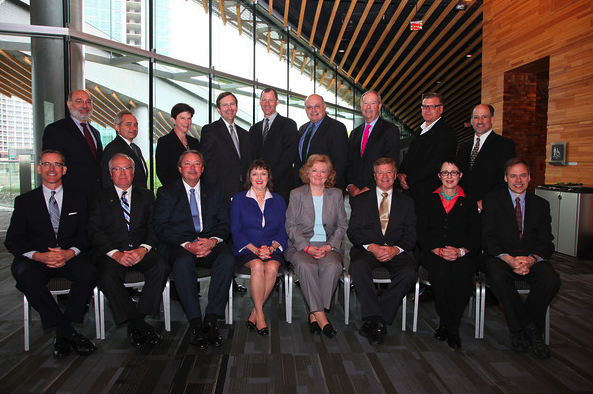Strategic risk management (SRM) has become an increasingly hot topic, with risk managers, C-suite execs and managers across all industries looking to continuously improve their risk management plan. After hearing so much buzz about SRM lately, I decided to attend a session on the topic at RIMS 2011.
Speaking on the issue were none other than the celebrated director of strategic and enterprise risk practice for RIMS, Carol Fox; the director of the center for strategies, execution and valuation for DePaul University, Dr. Mark Frigo; and Hans Laessoe, senior director of strategic risk management at LEGO Systems.
Starting off the presentation to a packed room, Fox reminded everyone of the RIMS/Advisen survey, which notes that, to survey participants, the primary value of SRM is:
- 28% avoided and or mitigated risk
- 16% compliance with regulatory and legal requirements
- 17% eliminated silos
- 5% process consolidation
- 24% increased certainty in meeting strategic and operational objectives
Fox noted that SRM was a discipline focused on the upside of risk. More specifically, RIMS defines SRM as a business discipline that drives deliberation and action regarding uncertainties and untapped opportunities that affect an organization’s strategy and strategy execution.
Closing her portion of the presentation, Fox questioned the way that most risk managers think. “Are we too focused on known risks or analyzing the past?” asked Fox. “There appears to be an unmet need for risk management to take a lead role in SRM.”
Following Fox, Laessoe began his speech by explaining LEGO’s theory on risk management, which is:
Prepare for uncertainty –> Active risk and opportunity planning (AROP) –> enterprise risk management –> Monte Carlo simulation
Monte Carlo simulation “has enhanced LEGO’s understanding of uncertainty,” according to Laessoe.
The company applies Monte Carlo simulation to achieve the following:
- Budget and estimate uncertainties to show earnings volatility and pinpoint key drivers based on input from business controllers.
- Simulation on ERM risk portfolio to consolidate risk exposure and identify 5% worst case scenarios which is the base of LEGO’s defined risk appetite.
- Simulation of credit risk portfolio as a “tool” to have a more frank discussion with insurance partners.
Frigo wrapped up the session with some inspiring words on the future of SRM. “SRM is the new core competency,” he said. “If ERM encompasses all areas of organizational exposure to risk, including strategic, why is SRM the NEW core competency? We believe SRM is a foundation for elevating the value of ERM, and for that matter, management in general.”
Amen!










